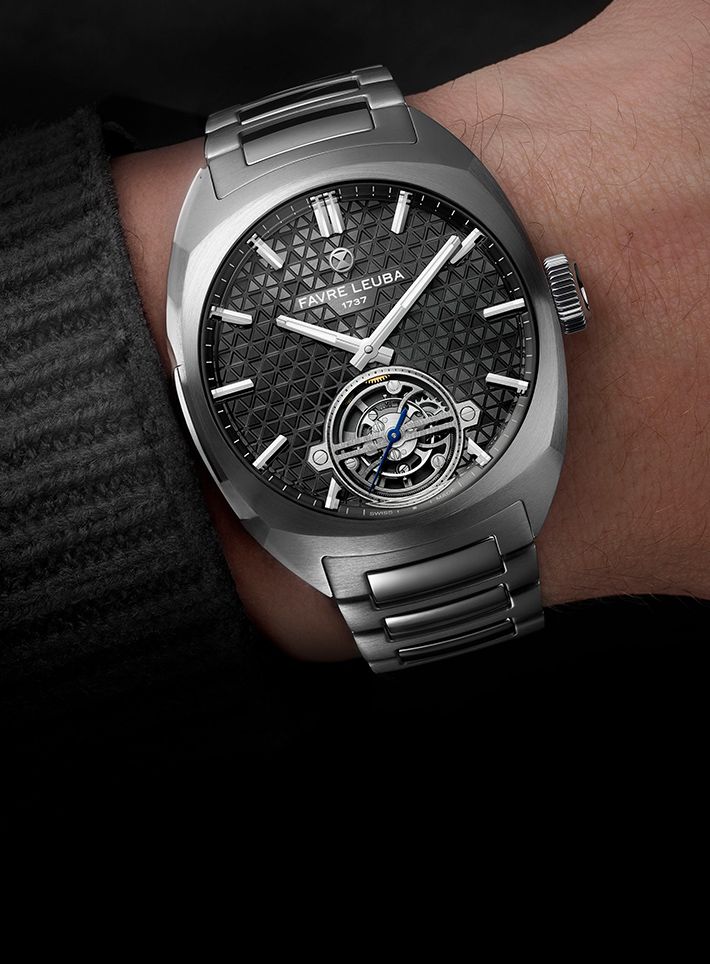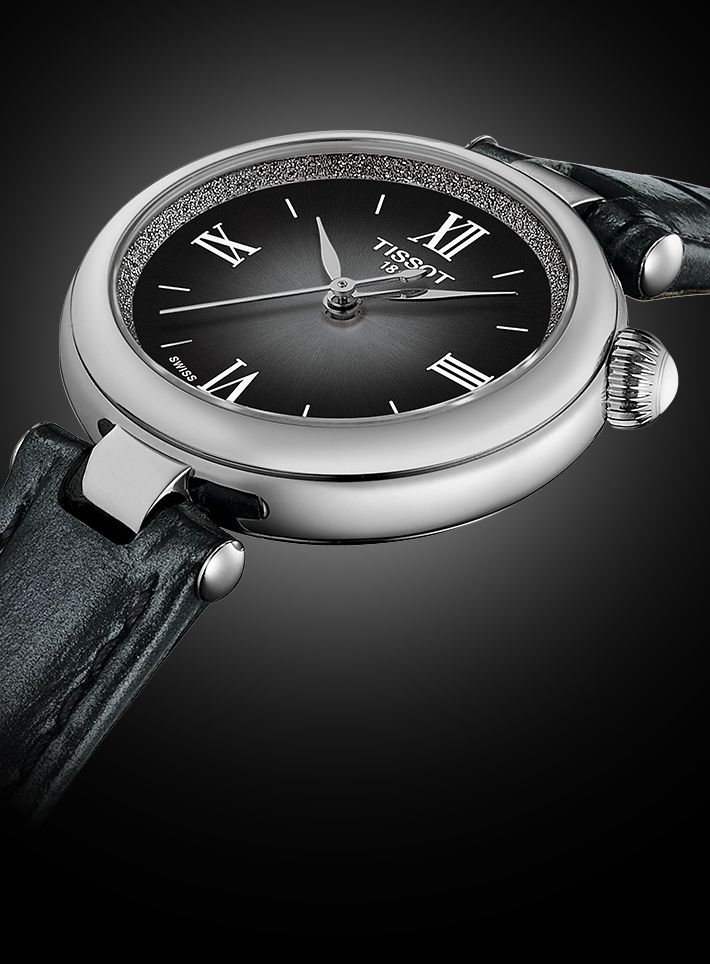FeatureWatch Certification and Accuracy – Does it Matter?
Everything that you ever wanted to know about the accuracy and certification of your mechanical watch, and why it's such a big deal
May We Recommend
While going through the many features of your favourite watch, you must have definitely come across ‘certification’ terms like – COSC certified, Seal of Geneva, and if you are an ardent fan of Omega then the words METAS certification would definitely ring a bell. If your answer is in the affirmative, then read along to find out what these terms exactly mean and why they are so essential to the working of watches and to the world of Swiss horology.
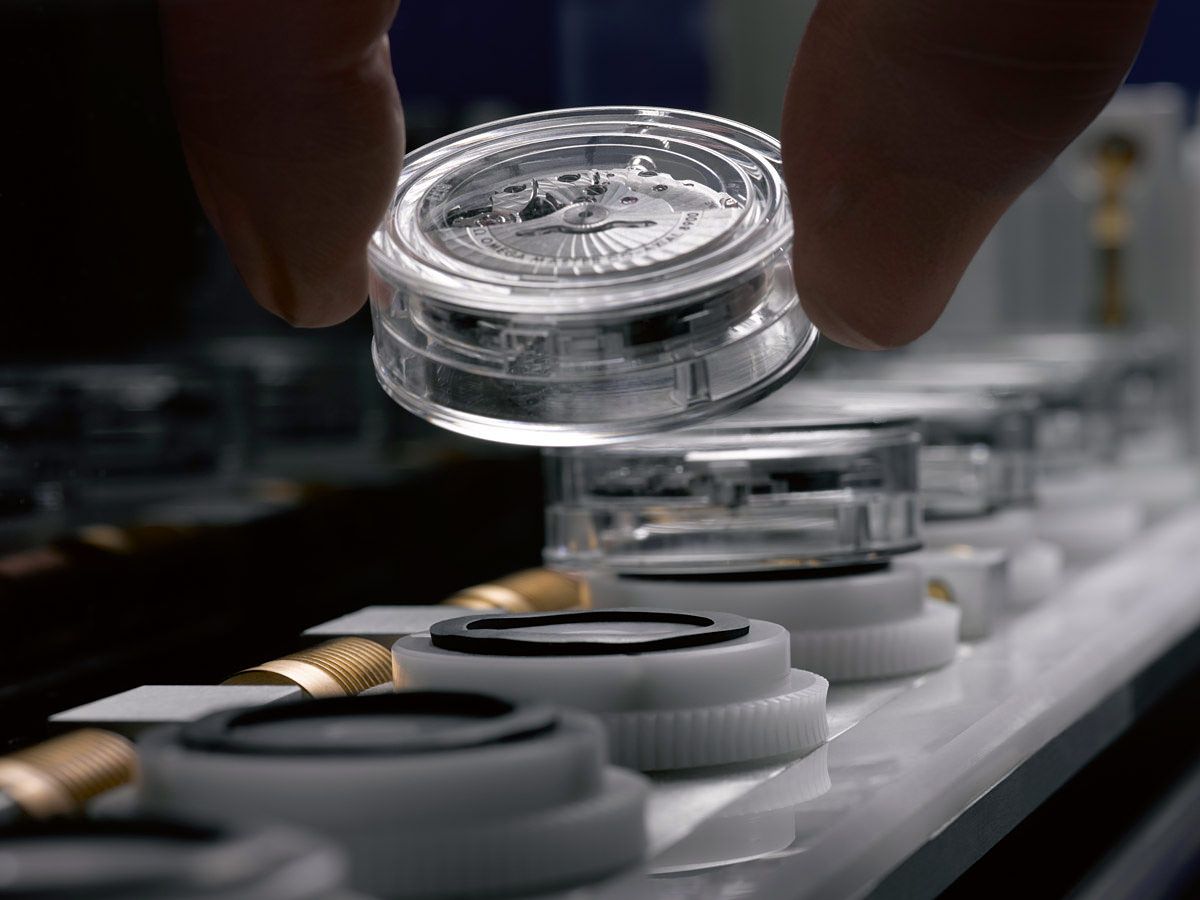
Why do watches require certifications?
All watches, irrespective of the brand, have one basic function – to tell time accurately. Initially, the basic criteria to analyse and compare watches was accuracy. Given the numerous luxury watch brands, precision is one factor that gives one watch an edge over the other and watch certification provides that very proof of precision. In order to stand out in the world of horology, it’s essential for brands to establish themselves and the certification provides that very validation to their establishment. At Baselworld 2015 for instance, Omega became the talk of the town with the announcement of Calibre 8900 and 8913 with ‘METAS’ certification, in collaboration with the Swiss Federal Institute of Metrology – which set a new standard in watchmaking.
Certifications are in constant evolution to help watchmakers’ gain an edge over their competitors in terms of quality and precision. They basically find new ways to evaluate the precision and finishing of watch calibres, by making the watches undergo new and rigorous tests. Given the rising competition in the world of watches, certifications are not just limited to simply checking the accuracy of time-keeping but also to assessing every feature of the watch, namely the calibre of the watch, the accuracy, power reserve, finishing and the looks of the watch too. So what kind of different certifications are there that you should know about? Read on to find out!
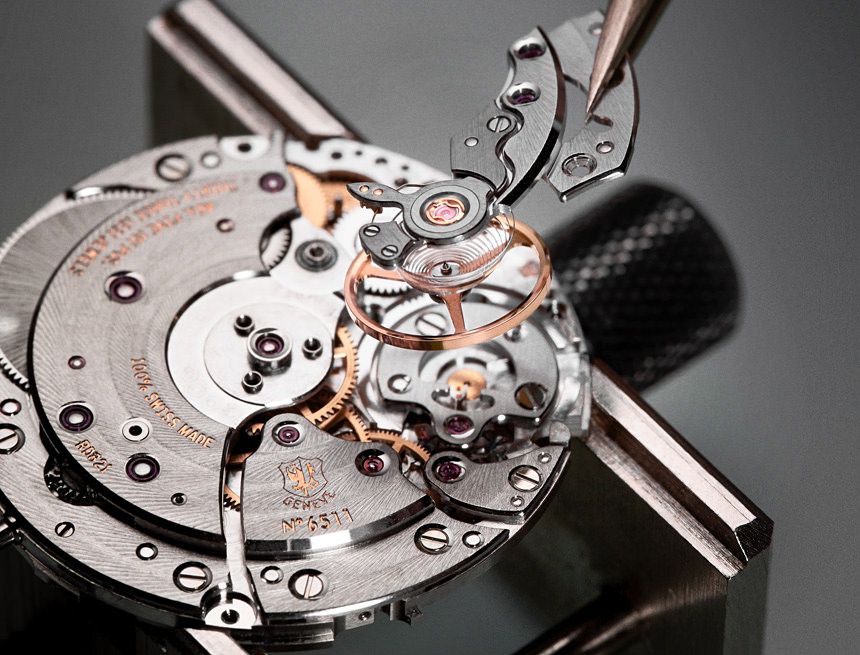
1. COSC
The COSC or popularly know as Contrôle Officiel Suisse des Chronomètres is the most famous, widely recognized and of course, the most prestigious certification in the watch world. The official Swiss Chronometer Testing Institute is the institute responsible for certifying the accuracy and precision of wristwatches in Switzerland. As much as we might have heard about it, the surprising part is that only 3% of all Swiss watches can achieve the prestigious COSC certification! The tests are conducted at three laboratories, situated in Biel/Bienne, Saint-Imier and Le Locle, where movements are submitted by individual watch manufacturers who wish to be granted a ‘Certified chronometer’ status. In order to achieve the certification, each movement should firstly be at least over 20mm diameter in size, and individually tested for 14 days and nights, in 5 positions and at 3 different temperatures. The certification board then observes the accuracy of mechanical watches, a good movement should get a precision of -4s/+6s per day (which is based on the average rate over the first ten testing days). Once granted, each officially certified COSC chronometer is clearly identified by a serial number engraved on its movement and a certification number given by the COSC. The most important thing to be kept in mind is that the certification is made only on calibres and not on the watch.
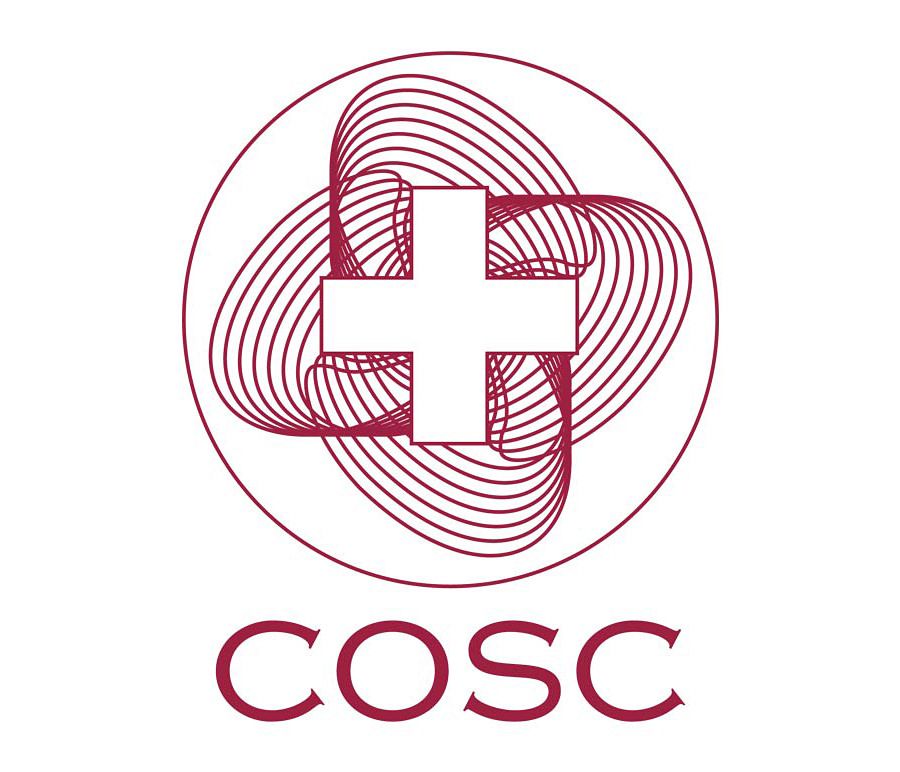
Brands using this certification: Omega, Breitling, TAG Heuer, Panerai
2. METAS Certification
Back in December 2014, Omega had announced a partnership with the Federal Office of Metrology. Today, the resultant METAS has set a new standard in watchmaking. The METAS or the Swiss Federal Institute of Metrology Certification along with COSC (Contrôle Officiel Suisse des Chronomètres) tests a watch under certain parameters, making it a ‘Master Chronometer’. The Omega Co-Axial Globemaster is the primogenial collection to be tested and to acquire the METAS certification. Prior to obtaining METAS certification, it is mandatory for the watch to be declared a Chronometer by COSC. After that, it’s anything but easy to obtain the METAS. The certification tests involve eight steps in which they, of course, test the average precision of the watch and along with that, observe the functioning/ deviation of daily precision of the watch whilst being exposed to a 15,000 Gauss magnetic field, overall water resistance, power reserve, deviation of accuracy between 100% and 33% of power reserve, deviation of the rate in six different positions. Phew, that’s a long list of requirements!
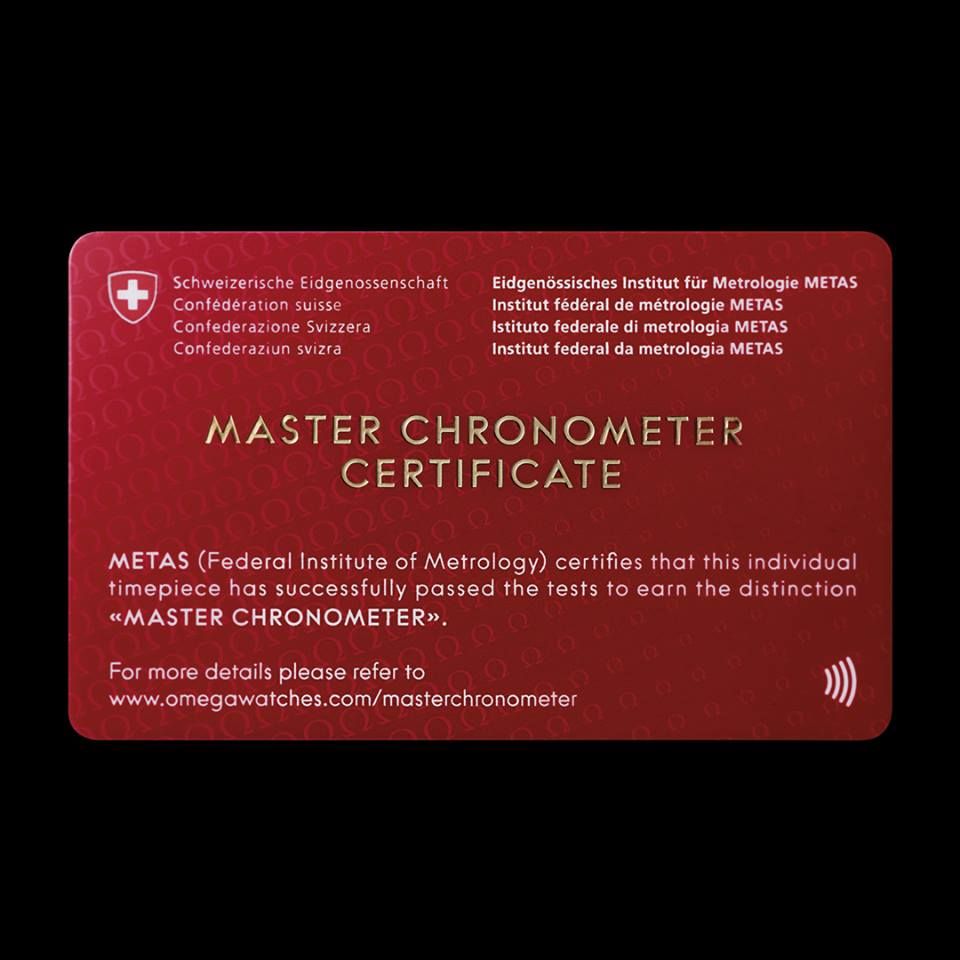
The average daily precision of a METAS certified watch should vary between 0 and +5 sec/day before and after exposure to magnetic fields greater than 15,000 gauss, and so far only Omega has achieved the METAS certification. We’re certain though, that soon every watchmaker will apply for this new certification. The Omega Globemaster (which so far is the only watch collection with the certification) is accompanied with a ‘Master Chronometer’ certificate.
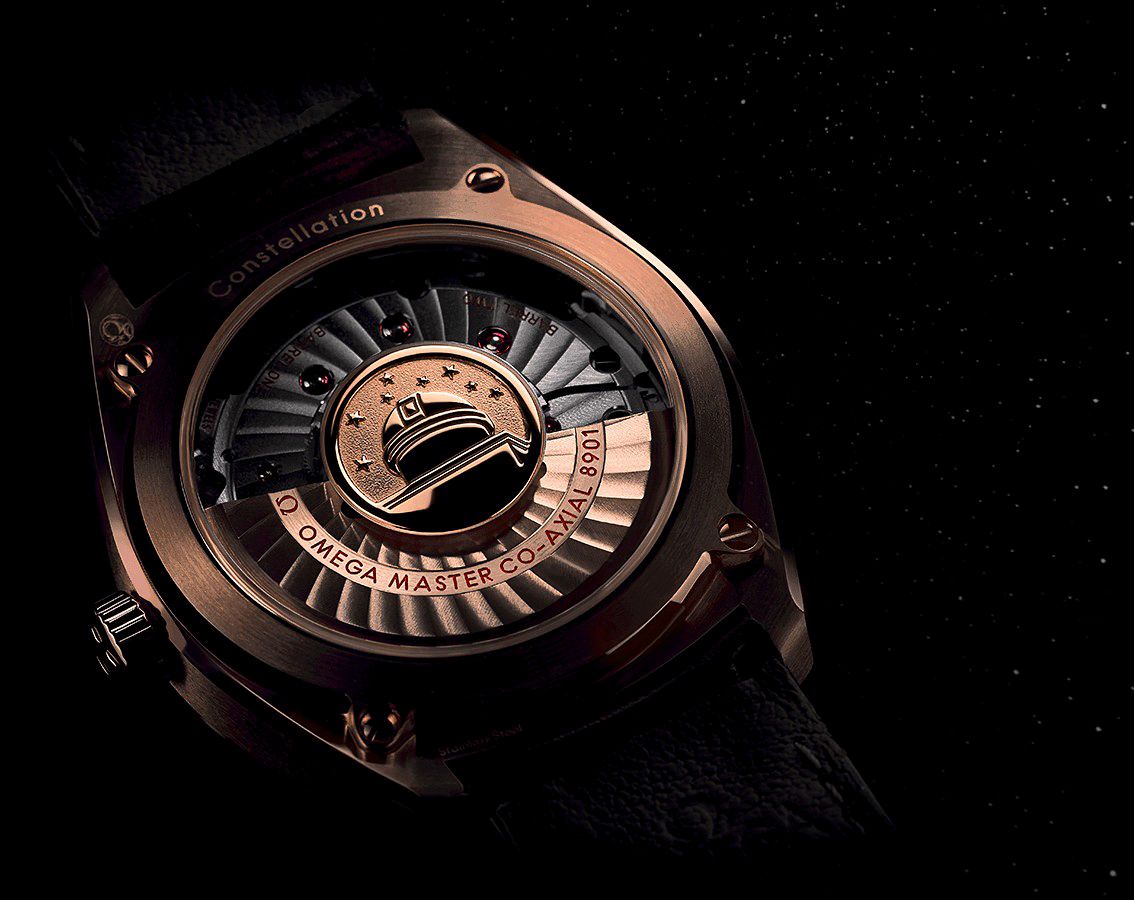
Brands using this certification: Omega
3. The Geneva Seal
Just like COSC, The Geneva Seal or Poinçon de Genève is strictly meant for Geneva made (in the city or canton of Geneva) watch movements. This certification is certified by an independent private foundation – TIMELAB, the foundation of the Geneva Laboratory of Horology and Micro-engineering. In order to receive the seal, the watch movement must meet 12 criterias relating to the watch calibre, the finishing and the materials. The certificate is only awarded to timepieces with distinguished artistic decorative finishes. A few years ago the certification was updated and now affirms quality craftmanship and precision. Importantly, all the parts of the watch should be made in Geneva. Even if its a bejewelled watch, the jewels must have been set in Geneva. Earning each of the afore mentioned certifications isn’t easy and getting certified by The Geneva Seal is a herculean task. A watch is made from more than a hundred parts and in order to get the Geneva seal, each and every part including the intricate balance wheel, screws, pins etc have to be decorated and finished. The seal is stamped on the watch movement when approved.
And it gets tougher! The accuracy has to be +/- 1 minute per week. The water resistance and the power reserve claimed by the watchmaker are also tested to their limits. And since September 2013, any watch that has been certified by The Geneva Seal receives a unique key or code that can be used by any watch buyer to check the authenticity of the certification.

Brands using this certification: Vacheron Constantin, Cartier, Chopard, Roger Dubuis

5. The Fleurier Quality Foundation
The Fleurier Quality certification controls the final product, just like the Geneva Seal, controlling both the aesthetic aspect of the watch and precision of the calibre. But similar to COSC, this certification is only for 100% Swiss made watches. A part of the Fleurier certification requires the watch to be declared a Chronometer which means it needs the COSC certification.
In fact, there are five certification criteria that are to be met. The criteria are as follows:
- Manufactured 100% in Switzerland
- Fine aesthetic workmanship
- COSC Certified– the Swiss chronometer testing authority
- Chronofiable tests – These tests are undertaken to test the movement of the watch checking its resistance to shock, magnetism, water resistance, to name a few. These tests check the working of the entire watch over a period of time so that the watch can be subjected to tests which help in the qualifying process.
- Fleuritest – This step is the most exclusive. Developed especially for the Fleurier Quality Foundation, the Fleuritest machine features a wearing test that is unique in the world. A large propeller performing three-dimensional movements is linked to a computer so that real life situations like jogging, writing, driving are emulated. These activities are followed by calm movements completing a full 24-hour cycle on the wrist. The timekeeping precision of the watch is measured with absolute accuracy by the Fleuritest machine which tolerates no differences outside the range of 0 to + 5 seconds per day, making it one of the most demanding devices in existence.
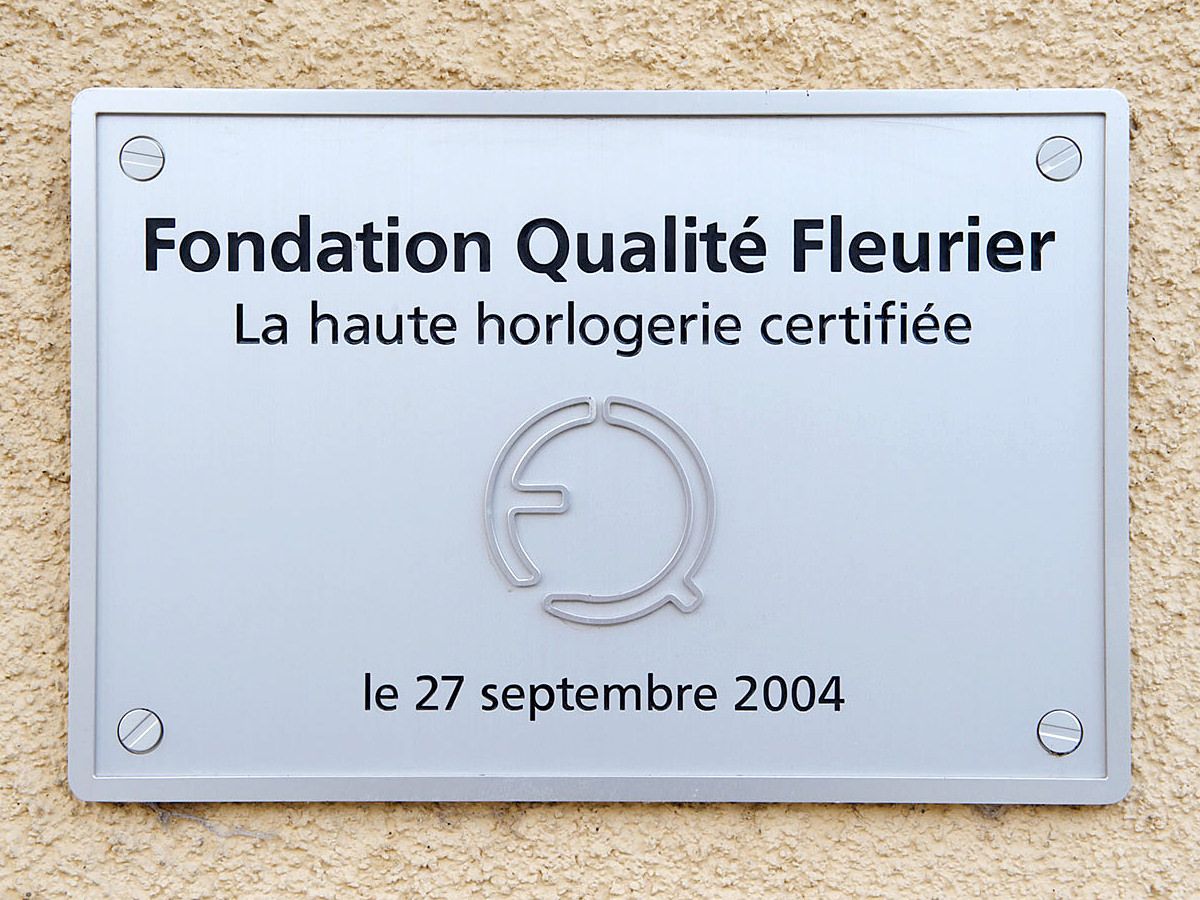
Brands using this certification: Chopard, Parmigiani Fleurier, Bovet
Why the fuss over accuracy?
The accuracy of mechanical watches does change slightly day to day, depending on the various conditions the watch is exposed to. The main challenge towards achieving the accuracy is influenced by temperature, magnetism, changing positions and shock, which causes changes in the intricate metal parts of the watch. The change in the mechanical movement cannot be measured at a daily rate but by an average of daily rates in a week or ten days, which is where Certifications come in. Certified movements are there to ensure your watch is powered by a calibre of the highest quality, and the more certified the movement is, the more it speaks of not just accuracy, but the fine craftsmanship that went behind creating it.
Images: Omega, Roger Dubuis, ablogtowatch


